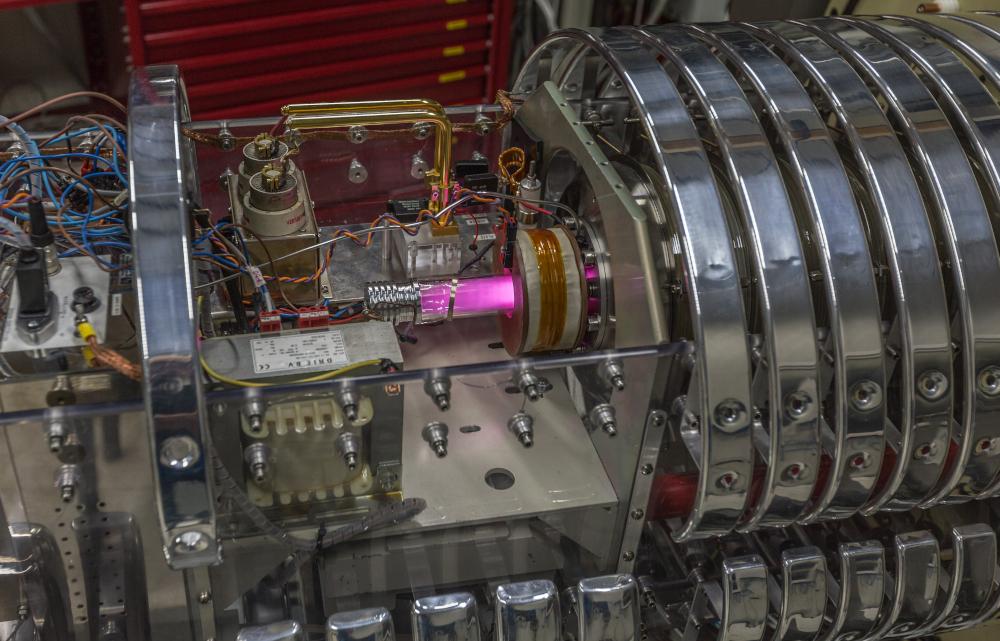FROM THE GRAN SASSO LABORATORIES TO THE BIG BANG, AND BACK
The LUNA experiment sheds light on the density of matter that makes up everything we know of in the universe
There is a key process – in the sequence of reactions known as Big Bang Nucleosynthesis – that led to the production of the lightest chemical elements in the first moments of life of our universe: it is the reaction by which a proton and a nucleus of deuterium fuse together to form the stable isotope of helium, Helium-3.
This reaction has now been studied with unprecedented precision at LUNA (Laboratory for Underground Nuclear Astrophysics), at the Gran Sasso National Laboratories of the INFN. Thanks to this study, it has been possible to refine the calculations of the primordial nucleosynthesis and to obtain an accurate determination of the density of ordinary (or “baryonic”) matter, which makes up everything we know of, including living species.
The results of the measurement conducted by the LUNA Collaboration, and their cosmological impact were published today, 12/11/2020 in the journal Nature, https://www.nature.com/articles/s41586-020-2878-4
In this particular study we have benefited from the precious contribution of the theoretical group of astroparticle physics and theoretical cosmology of the Federico II University of Naples, to arrive at an accurate determination of the baryon density. An important contribution to the description of nuclear interaction was also provided by the theoretical nuclear physics group of the University of Pisa.
The LUNA experiment will continue its scientific activity over the next decade with the LUNA-MV project, focused on the study of key reactions important to understand the chemical composition of the universe and the nucleosynthesis of the heavy elements
LUNA is an international collaboration of about 50 scientists from Italy, Germany, Hungary and the United Kingdom. The list of collaborating institutions includes: the National Laboratories of Gran Sasso, the INFN sections and the Universities of Bari, Genoa, Milano Statale, Naples Federico II, Padua, Rome La Sapienza, Turin, and the INAF Observatory of Teramo (Italy); the Helmholtz-Zentrum Dresden-Rossendorf (Germany), the ATOMKI in Debrecen and the Konkoly Observatory of Budapest (Hungary); and the School of Physics and Astronomy of the University of Edinburgh (United Kingdom).
For further information: Gianluca Imbriani This email address is being protected from spambots. You need JavaScript enabled to view it.
